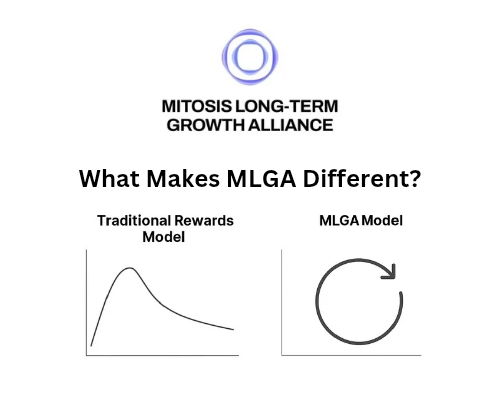Oracle Manipulation
INTRODUCTION
In the world of decentralized finance, smart contracts are only as accurate as the data they receive. Since blockchains cannot access real-world information on their own, they rely on "oracles", an external systems that feed data like asset prices into on-chain applications. While oracles are crucial to DeFi’s functionality, they also present one of its most dangerous vulnerabilities: oracle manipulation.
What Are Oracles?
Oracles are middleware that supply off-chain data to smart contracts. They answer questions like:
- What is the current price of ETH?
- Has the collateral value dropped below the loan threshold?
- Should this trade be executed based on market data?
DeFi protocols use this data to automate lending, trading, liquidations, staking rewards, and more. Without oracles, most DeFi applications cannot function.
What Is Oracle Manipulation?
Oracle manipulation occurs when a malicious actor alters or influences the data an oracle reports to a smart contract. This can lead to incorrect or unfair decisions being executed, such as:
- Overborrowing against inflated collateral
- Triggering liquidations under false price conditions
- Executing swaps or trades at manipulated rates
A single false price feed even if it lasts for only a few seconds can be exploited to drain millions from a protocol.
For Example
Imagine a lending protocol that uses a decentralized exchange (DEX) as its price oracle. A manipulator could:
- Deposit a token as collateral.
- Execute a large trade on the DEX to temporarily inflate the token’s price.
- The oracle reads this inflated price and feeds it to the smart contract.
- The protocol allows the user to borrow far more than the collateral is actually worth.
- The attacker withdraws the borrowed assets and disappears.
- The price normalizes, but the protocol is left undercollateralized or drained.
This type of attack has happened multiple times in DeFi history, often combined with flash loans for massive short-term capital.
How Protocols Defend Against Oracle Attacks
- Time-Weighted Average Prices (TWAPs)
Instead of using the latest price, protocols take the average over a time window. This smooths out short-term spikes. - External Oracles like Chainlink
These gather data from multiple exchanges, APIs, and data feeds, making them more resilient to manipulation on any single platform. - Price Change Thresholds
Some smart contracts include logic to reject extreme price movements or require additional confirmations before acting. - Multi-Oracle Systems
Using multiple oracle sources creates redundancy and fallback mechanisms to cross-verify data. - Rate Limits and Circuit Breakers
Automatically pause operations if suspicious activity or sudden volatility is detected.
Why Oracle Security Is Critical
Oracles serve as the “eyes” of a DeFi protocol. If the oracle is tricked into seeing a false reality, the protocol acts blindly, potentially destroying the ecosystem it supports. Insecure oracle designs have been responsible for some of the most high-profile DeFi exploits to date.
Ensuring accurate, tamper-resistant data feeds is essential not just for safety, but also for trust and capital efficiency in the entire DeFi sector.
CONCLUSION
Oracle manipulation is a subtle but powerful threat. It highlights a core truth in DeFi: smart contracts are only as good as the data they receive. As the ecosystem matures, we are seeing more robust oracle solutions, but users and builders must continue to stay vigilant. Strong oracle design, diversified data sources, and defensive smart contract logic are non-negotiable for the next generation of secure, scalable DeFi protocols.

Comments ()